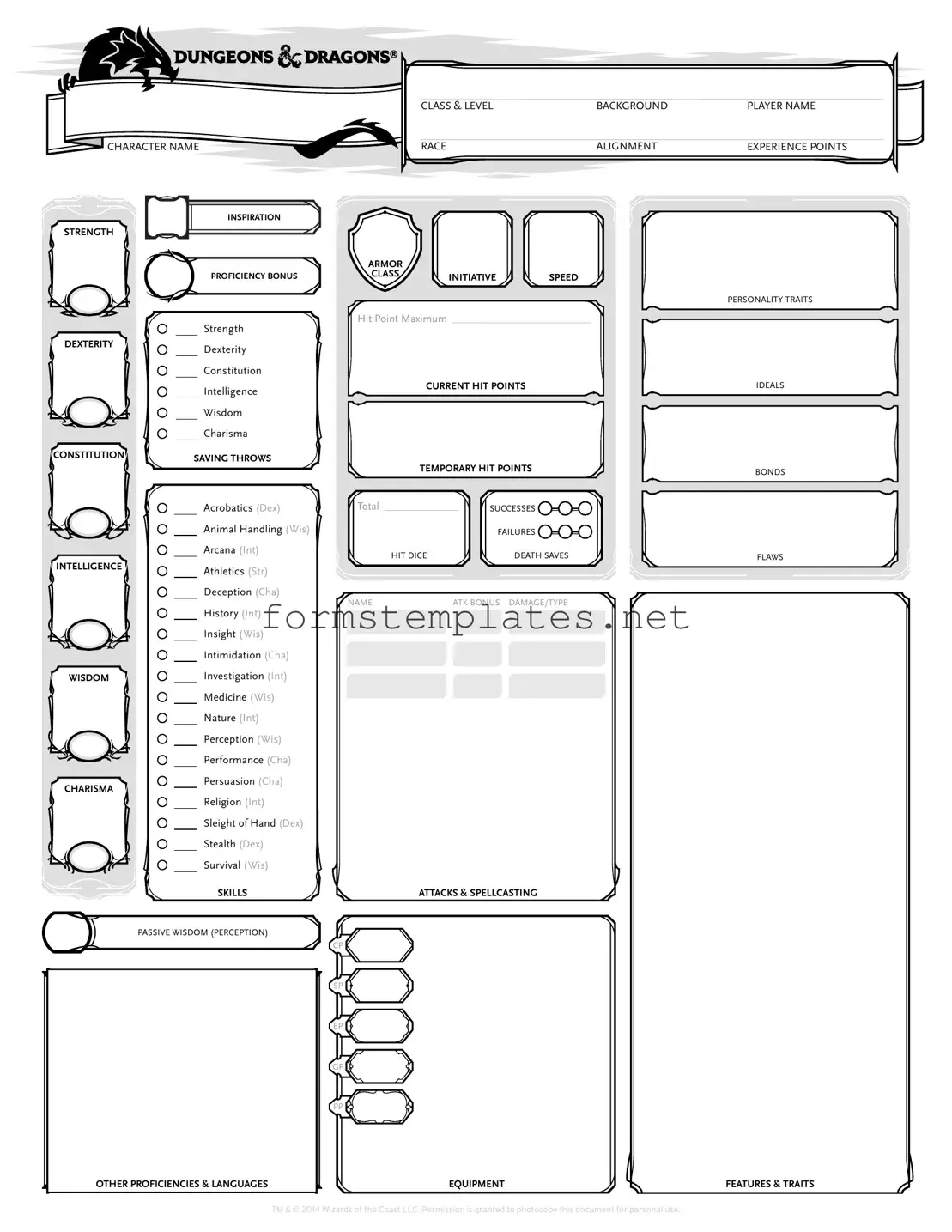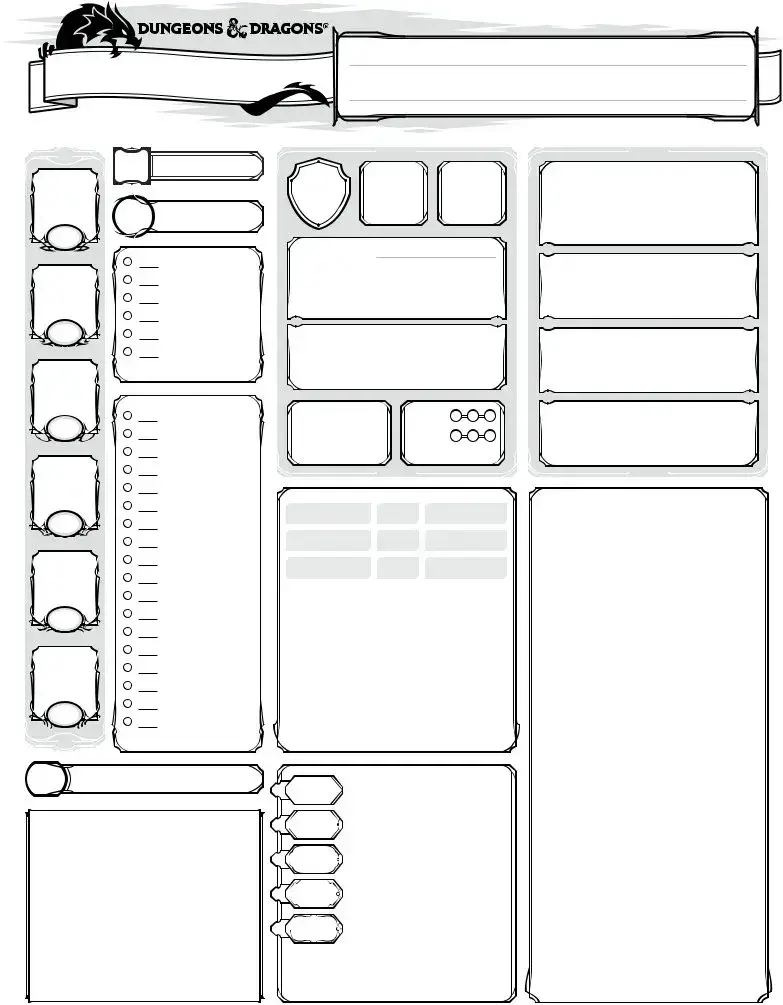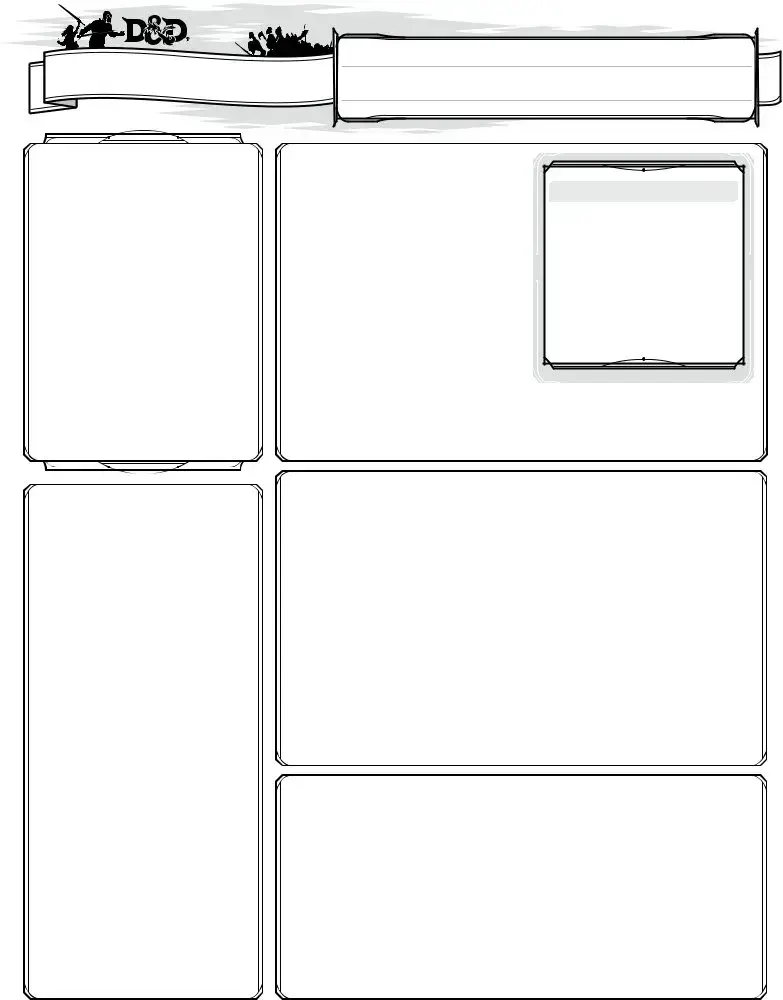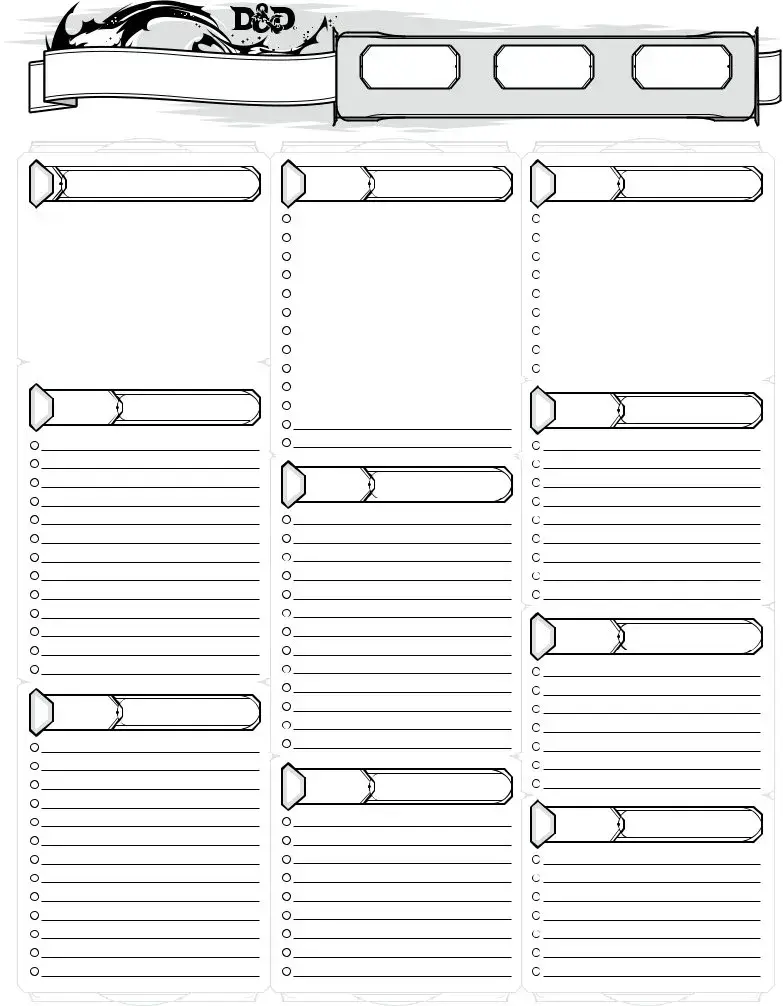What is a DnD Character Sheet?
A DnD Character Sheet is a document that players use to record and track the details of their character in the game Dungeons & Dragons. It includes essential information such as character name, race, class, abilities, skills, equipment, and background. This sheet serves as a reference for players during gameplay, helping them manage their character's actions and decisions effectively.
How do I fill out a DnD Character Sheet?
Filling out a DnD Character Sheet involves several steps:
-
Choose your character's race and class. Each race and class has unique traits and abilities.
-
Determine ability scores, which include Strength, Dexterity, Constitution, Intelligence, Wisdom, and Charisma. These scores affect your character's skills and combat effectiveness.
-
Record your character's skills, saving throws, and proficiency bonuses based on their class and race.
-
List your character's equipment, including weapons, armor, and other items.
-
Write down your character's background and any special features or traits they possess.
Can I customize my DnD Character Sheet?
Yes, you can customize your DnD Character Sheet to better fit your character and personal preferences. Many players choose to add additional notes, artwork, or even use digital tools to enhance their sheets. As long as you keep the essential information intact, feel free to adjust the layout or design to suit your style.
Where can I find a DnD Character Sheet?
DnD Character Sheets can be found in various formats:
-
Official Dungeons & Dragons website offers printable sheets.
-
Third-party websites provide customizable digital sheets.
-
Many tabletop role-playing game stores sell physical copies.
Additionally, there are numerous apps available that allow you to create and manage your character digitally.
What if I make a mistake on my Character Sheet?
Mistakes on your Character Sheet are common and can be easily corrected. If you are using a physical sheet, simply cross out the incorrect information and write the correct details next to it. For digital sheets, you can edit the information directly. It's important to keep your sheet updated, as your character will evolve throughout the campaign.
How often should I update my Character Sheet?
Updating your Character Sheet should occur regularly, especially after leveling up, acquiring new equipment, or gaining new abilities. Each time your character completes a significant event or milestone, review your sheet to ensure all information reflects your character's current state. Keeping it accurate helps maintain clarity during gameplay and enhances the overall experience.













